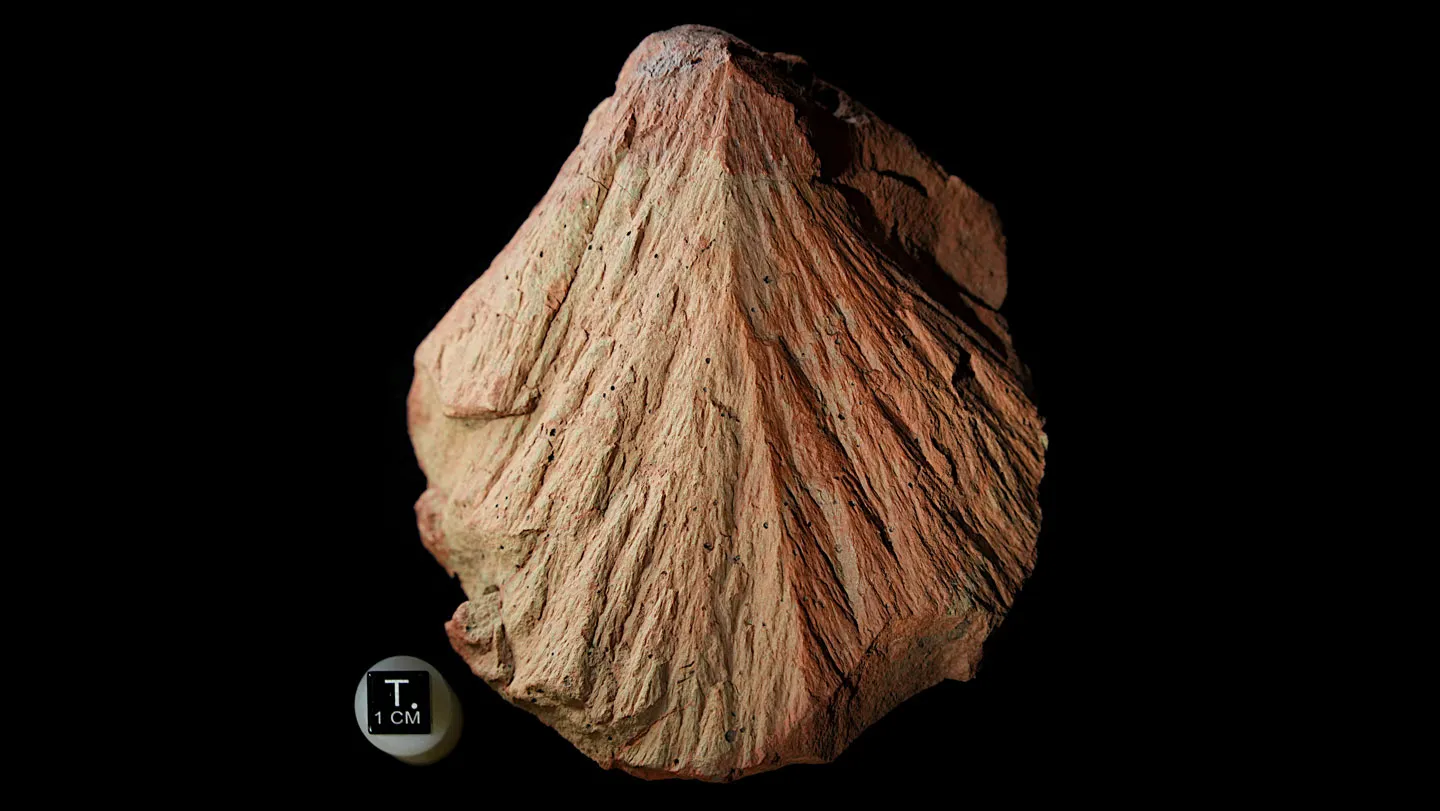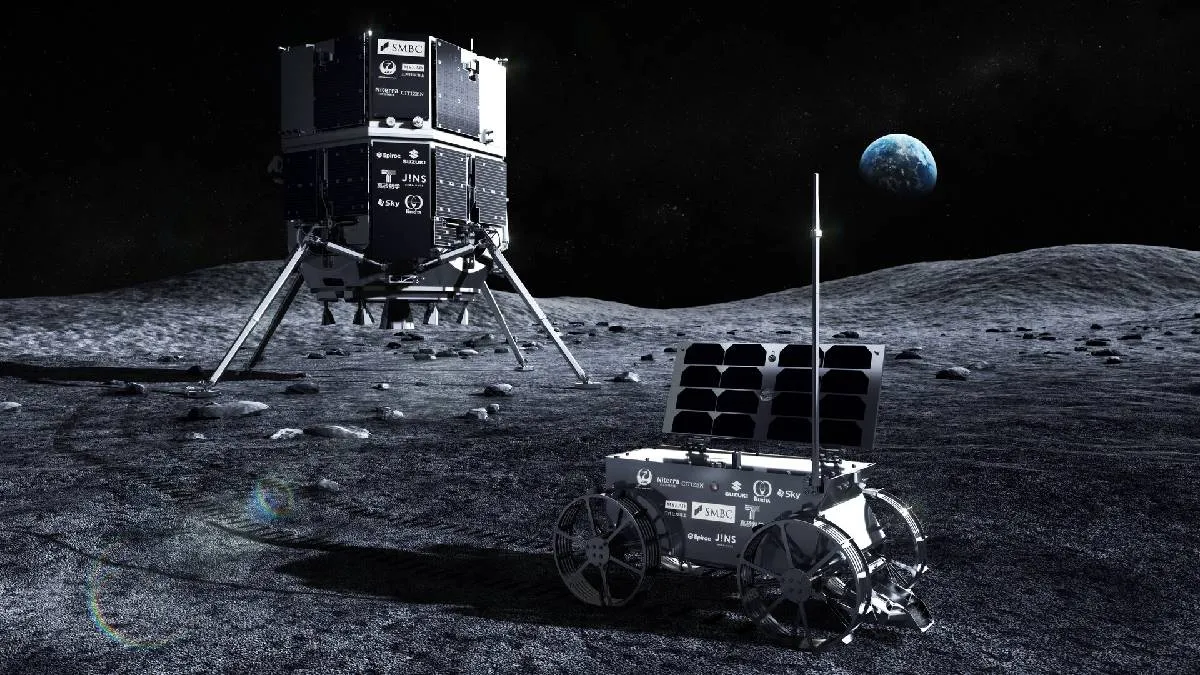Ancient Earth Impact Crater Offers Clues in Search for Life on Mars
A newly studied impact site on Earth could help scientists identify where to look for signs of ancient life on Mars, offering a powerful analog for Martian geology and biosignature preservation.
A colossal asteroid impact that struck Earth over 2 billion years ago may now be a key to finding signs of ancient life on Mars , scientists say. A recently analyzed crater in South Africa is giving researchers new insights into how microbial life might survive and leave traces in similar geological environments on the Red Planet. The Vredefort Crater: An Ancient Laboratory The Vredefort Crater , located in what is now South Africa, is the largest confirmed impact structure on Earth, measuring over 300 kilometers in diameter.
Formed by an asteroid estimated to be 10–15 kilometers wide, the crater has endured billions of years of erosion, tectonic activity, and metamorphic processes. Despite its age, recent studies show that signatures of early microbial life may still be detectable in the rocks beneath and around the crater. This suggests that similar craters on Mars — some just as old — might also preserve biosignatures, if life ever existed there.
Why Earth Craters Matter for Mars Mars is home to many ancient impact craters, including Jezero Crater , where NASA’s Perseverance rover is currently exploring. Scientists believe that like Earth, impact sites on Mars may have generated hydrothermal systems — hot, water-rich environments that are ideal for microbial life. The Vredefort findings support the idea that life can survive extreme post-impact conditions and that organics and microfossils could be locked within impact-altered rocks for billions of years — exactly what Mars rovers are seeking.
> “We can use Earth’s ancient impact sites as blueprints,” says Dr. Sarah Berman, a planetary geologist at MIT. “If life leaves a fingerprint in these harsh conditions here, we have a chance of finding similar prints on Mars.
” What the Study Found Researchers from the University of the Witwatersrand and international collaborators examined rock cores from the Vredefort structure. They found: - Preserved microtextural features associated with ancient microbial activity - Traces of sulfur isotopes consistent with biological processes - Zones of hydrothermal alteration — once hot water channels that could have sustained lifeThese results mirror the types of geologic settings expected in Mars' older craters. The Mars Connection With NASA’s Mars Sample Return mission underway, scientists are prioritizing which rocks to bring back to Earth.
Studies like this help shape that strategy, identifying specific mineral patterns, isotopic ratios, and fracture zones that are most likely to retain biological traces. “We don’t just want any rocks,” says Dr. Monica Ruiz, an astrobiologist with ESA.
“We want rocks that behaved like the Vredefort samples — rocks that held onto secrets for billions of years. ” Why It Matters for Astrobiology If Earth rocks can preserve signs of life through massive impacts, so can Martian rocks. Impact craters may in fact be some of the most promising places to look for ancient Martian life , precisely because they stir up the crust, bring buried materials to the surface, and introduce heat and water.
The Vredefort findings also support the notion that early life on Earth may have thrived in extreme environments , similar to those expected on early Mars. This strengthens the case for life's potential universality in rocky planets’ early histories. Caution and Next Steps While the results are promising, scientists caution that more work is needed.
Mars has a different chemical environment and lacks Earth’s plate tectonics and biosphere. Future missions, including ESA’s Rosalind Franklin rover and NASA’s sample analysis plans , will further test these analogs. Conclusion: Looking to Earth to Unlock Mars The search for life on Mars increasingly depends on what we learn from Earth’s oldest rocks.
The Vredefort impact crater — once a cataclysmic event — may now serve as a quiet, ancient archive, teaching us how life can endure, adapt, and leave behind whispers of its presence. If Mars ever hosted microbial life, it's places like these — shaped by violence, preserved by time — where we are most likely to find it.
10th July 2025



